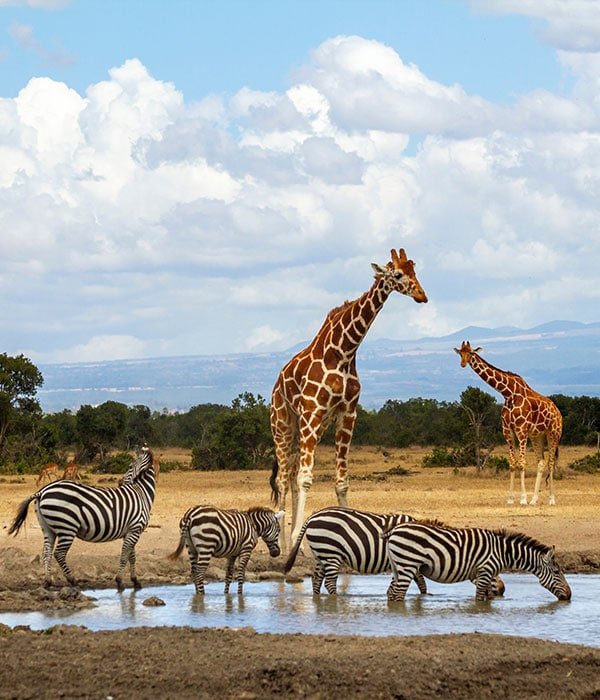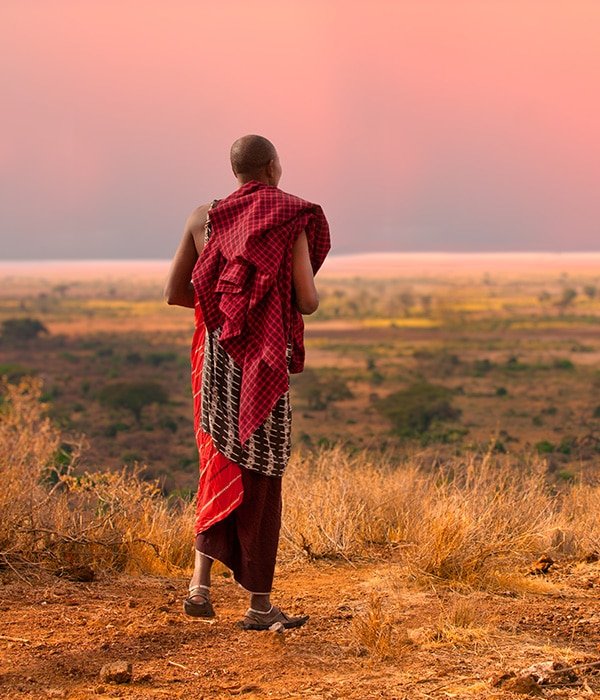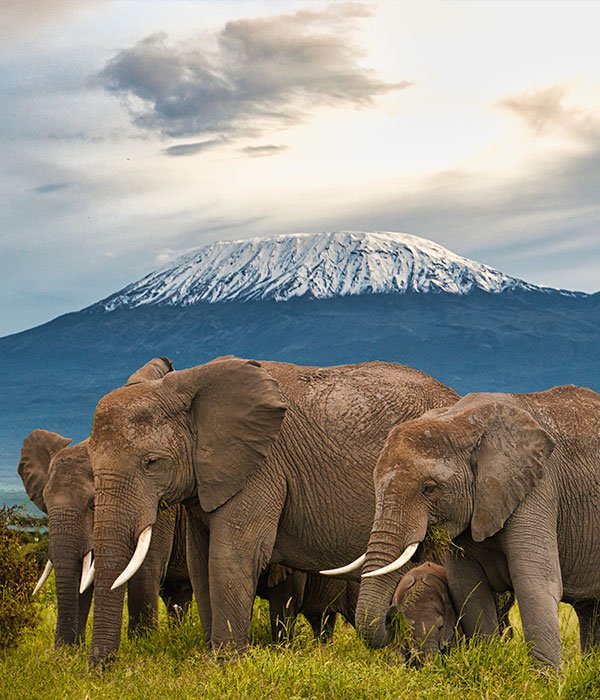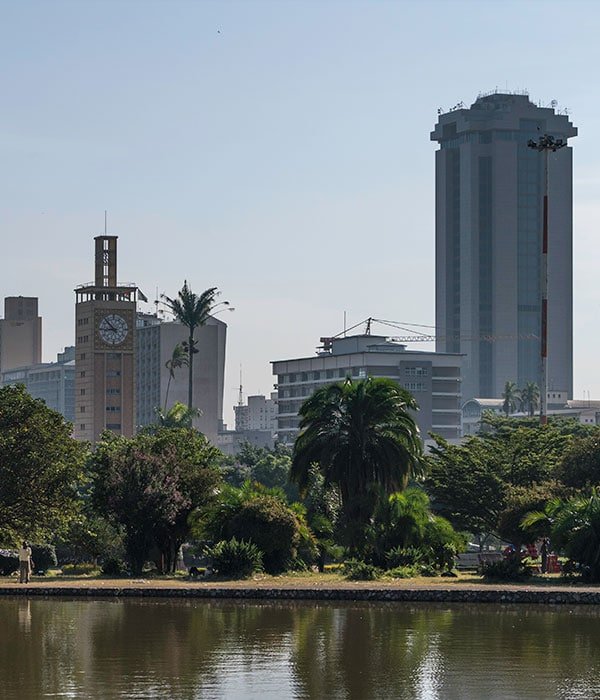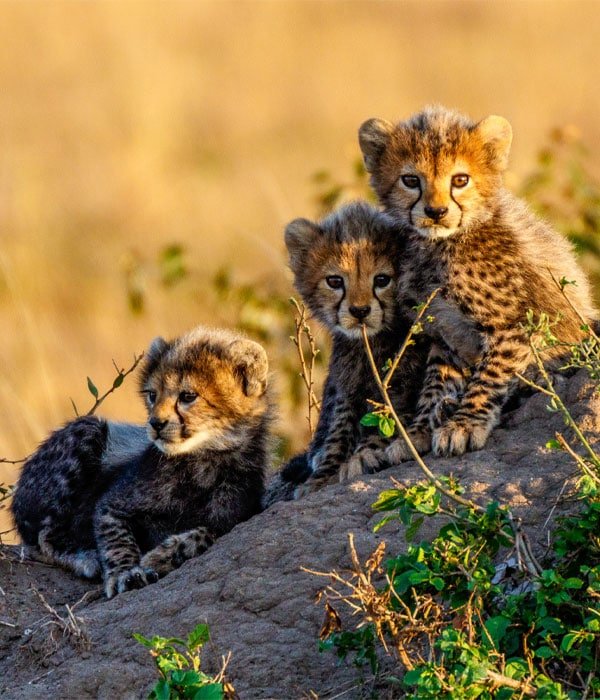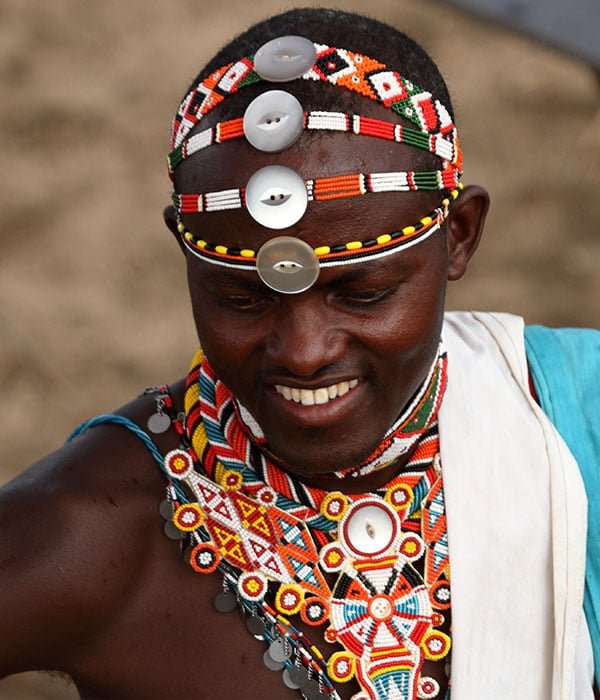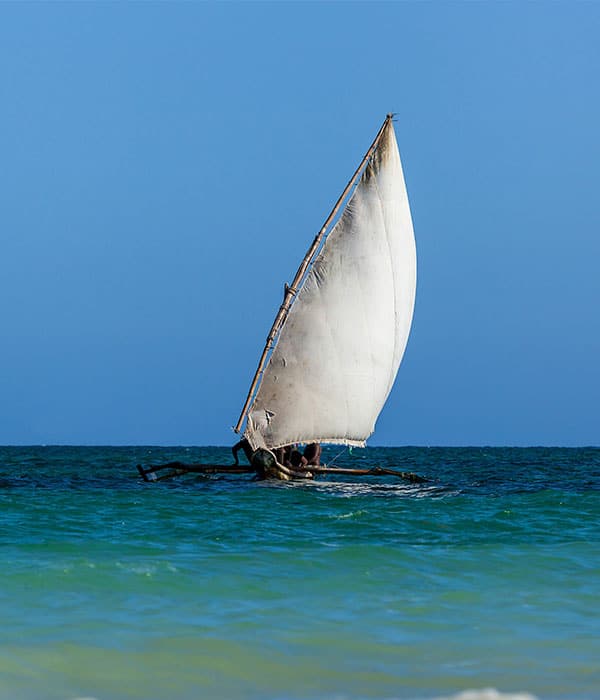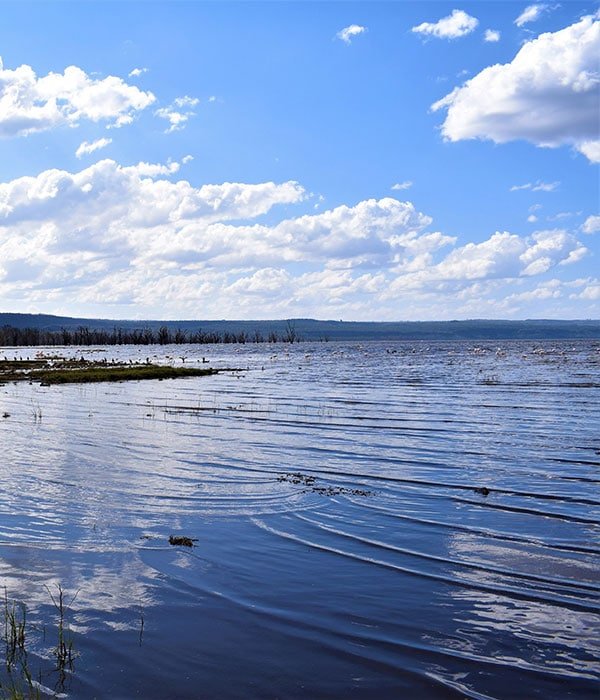Overview
Kenya rests in the magnificent Great Rift Valley on the east coast of Africa and is the destination of choice for sheer awe-inspiring travel. The equatorial country has an exquisite tropical coastline with white sandy beaches and azure waters, and for some it’s enough to while away the time soaking up the sun on the beaches of Mombasa. Some choose to go snorkelling at the Malindi Marine National Park with its exceptional tropical reefs. Some visit the country to marvel at the Kakamega Rainforest while others prefer climbing Mount Kenya. Mostly, visitors come for the thrill of a Kenyan safari experience with its exceptional natural beauty and world-famous national parks. The focus of the majority of safari tours is to spot the Big 5 within the parks, but there are countless other breath-taking things and species to enjoy. Even off the beaten track, travellers can enjoy an abundance of superb scenery from rolling savannah dotted with Masai herds and wild animals, high Kikuyu moorlands grazed by cattle and sheep, and dense forests full of monkeys and birdsong.
Whatever your preference, we at Ikewana are here to help plan your perfect holiday. Contact our experienced travel consultants and let us know how much time you have and what areas interest you. Together we will create a tailor-made journey that will live on in your heart long after you return home.
Kenya's Climate
Located on the equator, Kenya enjoys a pleasant and tropical climate. In brief, Kenya’s climate has warm and humid conditions along the coastal area, temperate conditions in the central highlands, and it is both hot and dry in Kenya’s north and northeast regions. Kenya is too close to the equator to experience a real winter and summer.
There are two dominant influences on the climate in Kenya: the onshore monsoon winds from the Indian Ocean, and the altitude. The winds determine the onset of Kenya’s two rainy seasons, with the hot northeast monsoon or “kaskazi” blowing dry air in from the Persian Gulf from November to March/April and the warm, moist “kusi” monsoon blowing in from the southeast from April/May to October. It’s the slightly cooler kusi that normally delivers the heaviest rain, a season known as the “long rains”, in late-April, May and early June. The relatively cool season, from late-June to October, has much less rain. There is a second rainy season (the “short rains”), for a few weeks in November and December, followed from about mid-December to March by a dry season of hot, usually rainless, weather. Dry season is from June to December.
Altitude affects regional climatic variations causing temperature drops by about 6°C for every 1 000 m you climb (or 3.5°F per 1 000 ft). Kenya’s daytime temperatures average between 20°C/68°F and 28°C/82°F, but it is warmer on the coast. The coast is hot and humid all year round, but the heat is pleasant and tempered by the monsoon winds.


